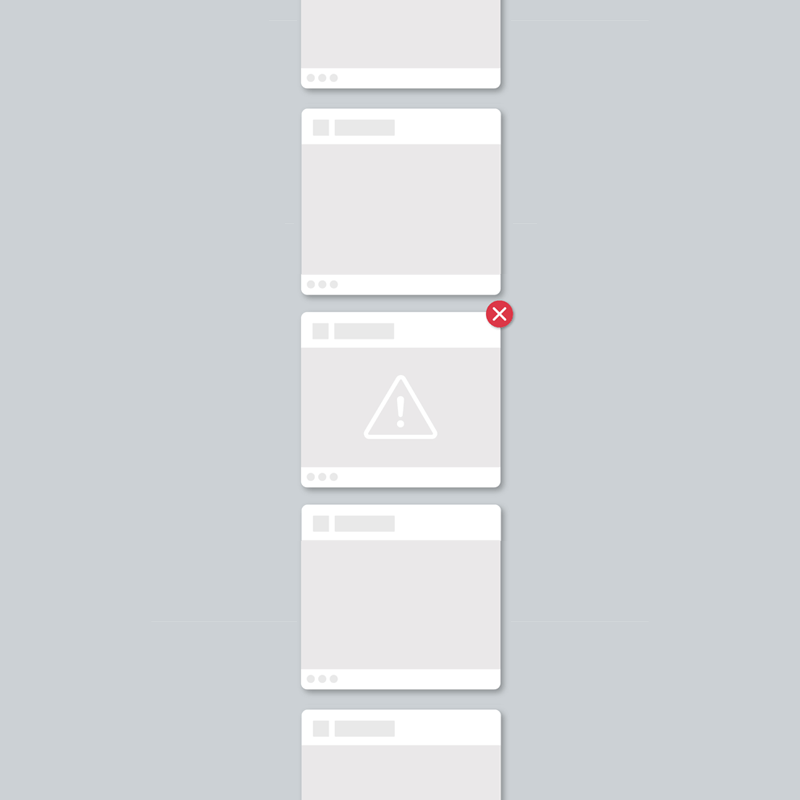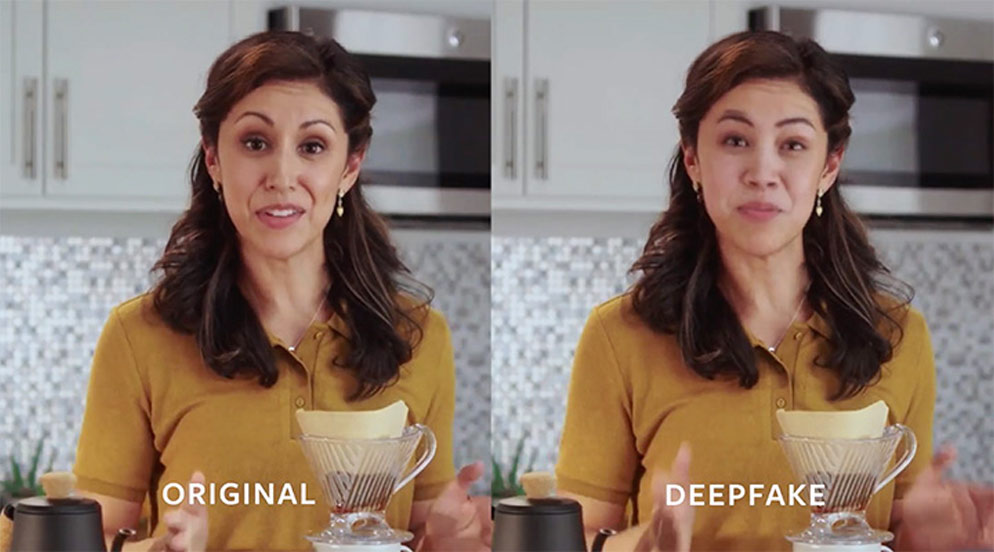
Facebook is the largest social media around, and for that, it has one of the largest problems.
With more powerful computers (and mobile devices) and better internet connection, Facebook benefits from an increasing number of users from more parts of the world. But that also comes with consequences: more powerful and affordable gadgets means that people can easily manipulate contents that were previously difficult.
For example, people can easily use tools like Adobe Photoshop to create manipulative images. Or, they can use AIs to create deepfakes, a method first introduced by a Reddit user.
Here, Facebook vows to remove media from its platform, if it sees any of the following two criteria:
- It has been edited or synthesized – beyond adjustments for clarity or quality – in ways that aren’t apparent to an average person and would likely mislead someone into thinking that a subject of the video said words that they did not actually say.
- It is the product of artificial intelligence or machine learning that merges, replaces or superimposes content onto a video, making it appear to be authentic.
While this approach should help curb deepfakes and fake news, critics said that the policy has a slight disadvantage considering that Facebook is putting an exception to "content that is parody or satire". What this means, Facebook users can create 'deepfakes' and claim it's satire or a parody.
The policy also doesn’t consider videos that “have been edited solely to omit or change the order of words.”
Another thing is the way how Facebook is implementing its method on its platform, where millions of post are going live at the same time.
Facebook said that it’s consulting with more than 50 experts across the world with technical, policy, media, legal, civic and academic backgrounds to tackle this issue.

According to Facebook on its post.
"Videos that don’t meet these standards for removal are still eligible for review by one of our independent third-party fact-checkers, which include over 50 partners worldwide fact-checking in over 40 languages. If a photo or video is rated false or partly false by a fact-checker, we significantly reduce its distribution in News Feed and reject it if it’s being run as an ad. And critically, people who see it, try to share it, or have already shared it, will see warnings alerting them that it’s false."
Previously, Facebook launched the Deep Fake Detection Challenge (DFDC), and gathered people around the world to produce more research and open-source tools to detect deepfakes.
The project was supported by a cross-sector coalition of organizations, including the Partnership on AI, Cornell Tech, the University of California Berkeley, MIT, WITNESS, Microsoft, the BBC and AWS, among several others in civil society and the technology, media and academic communities.
In a separate effort, Facebook has also partnered with Reuters, a multimedia news provider, to help newsrooms worldwide to identify deepfakes and manipulated media through a free online training course.
"As these partnerships and our own insights evolve, so too will our policies toward manipulated media. In the meantime, we’re committed to investing within Facebook and working with other stakeholders in this area to find solutions with real impact," said Facebook..
